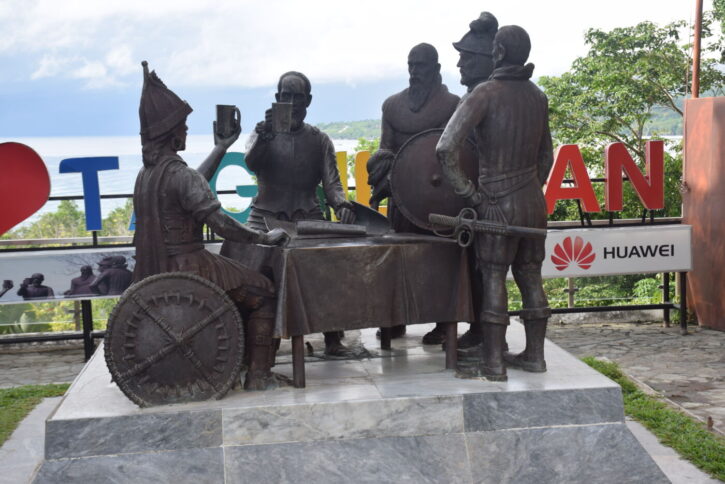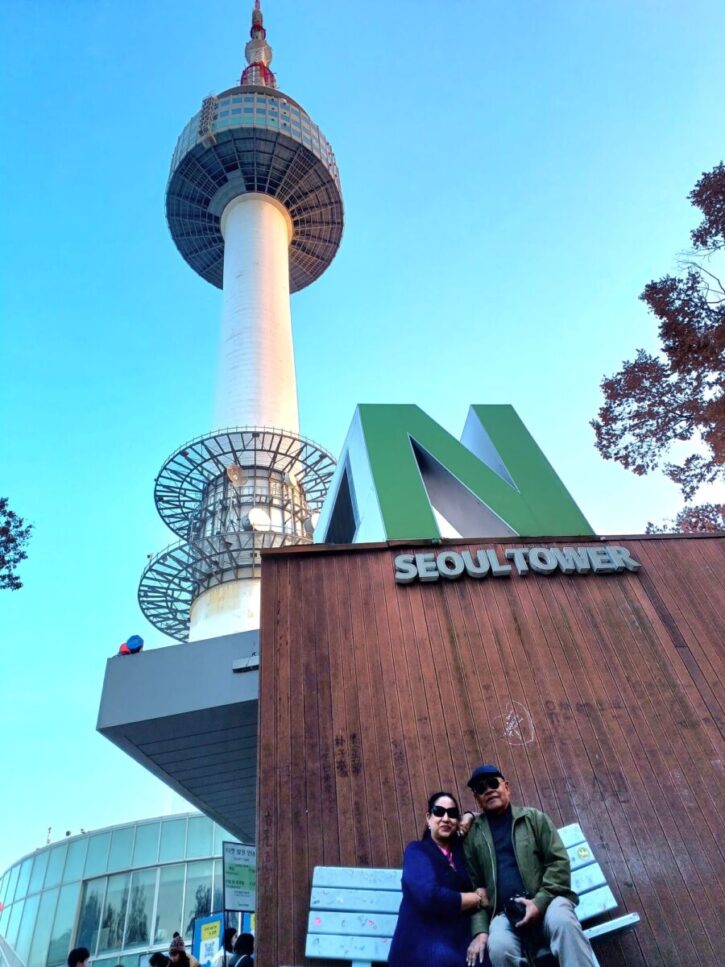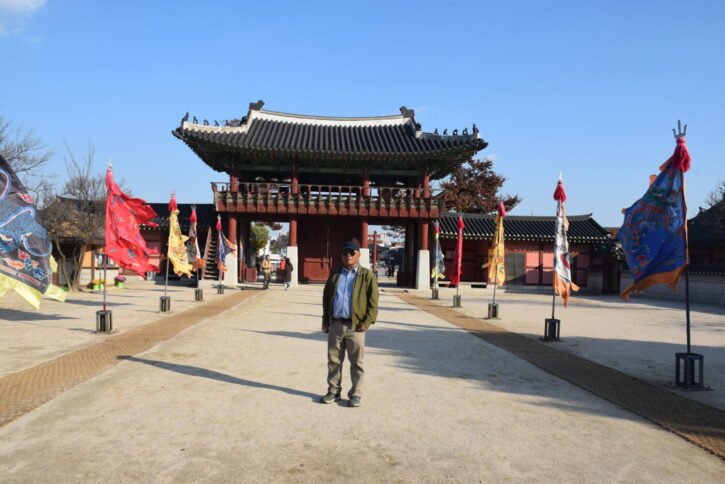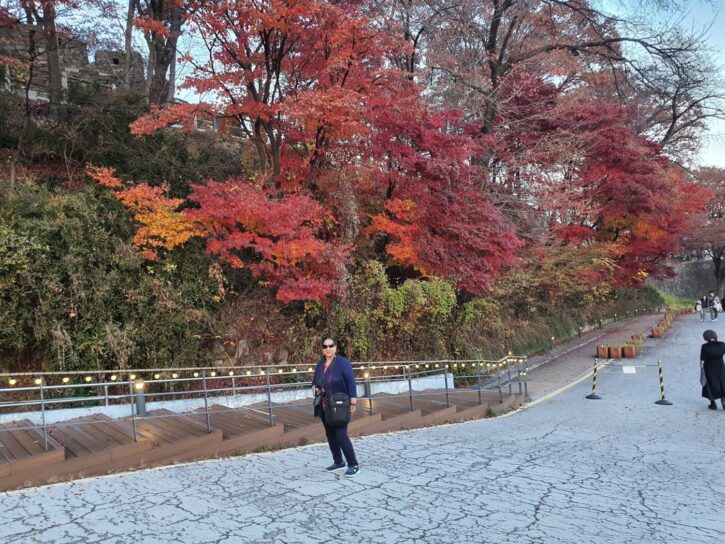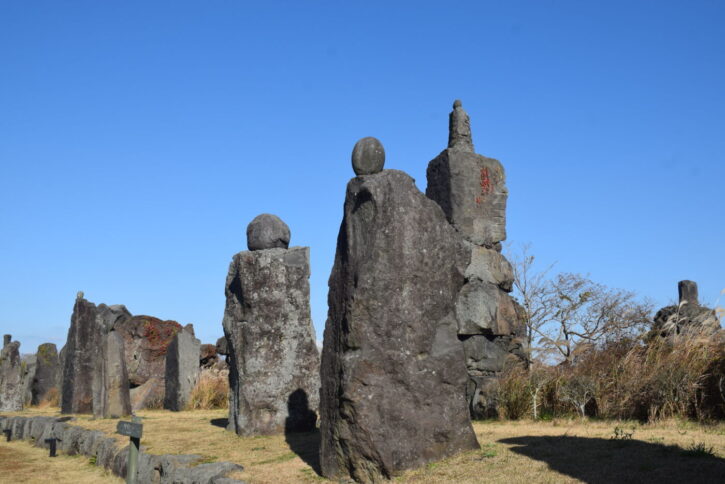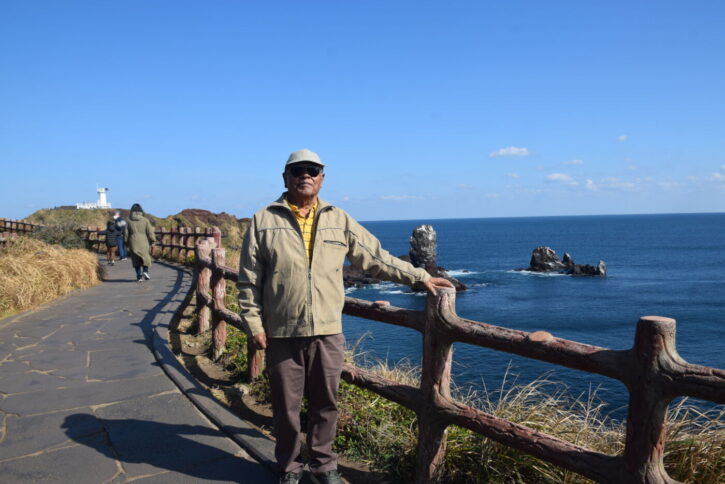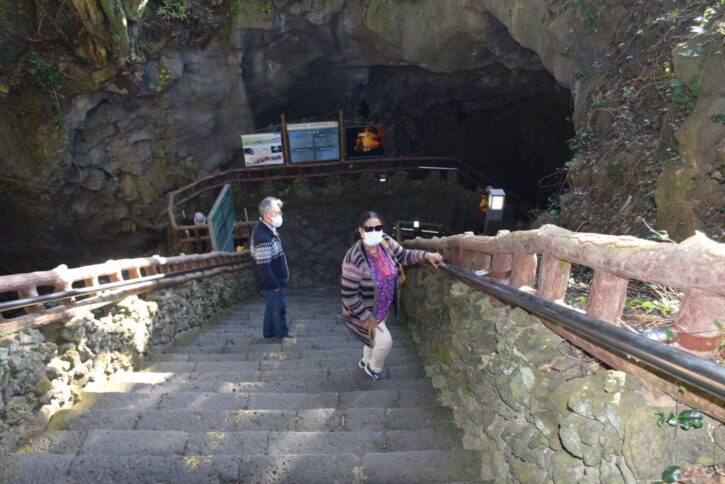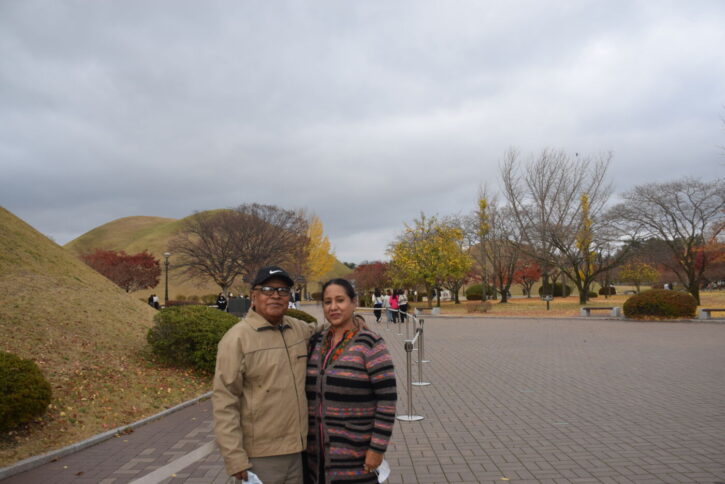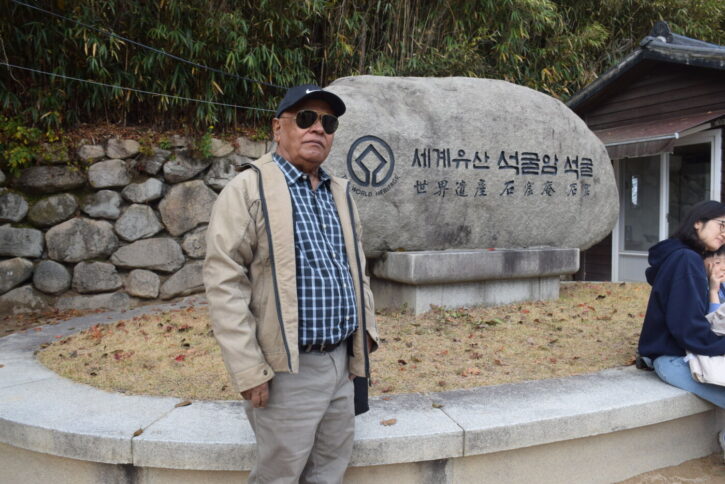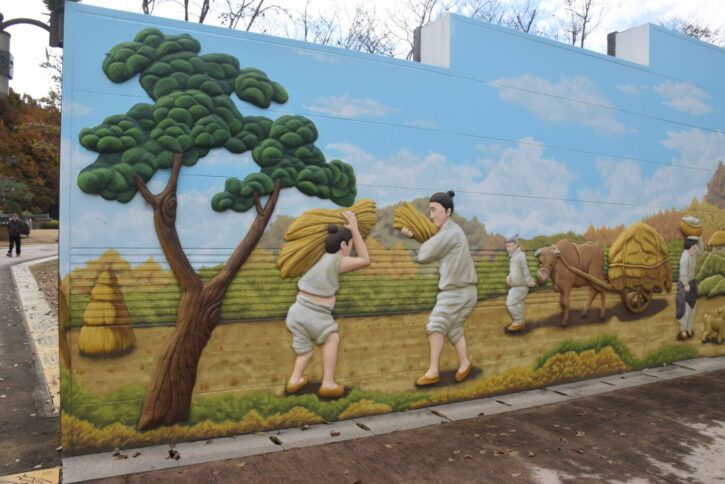CEBU – Philippines
CEBU – PHILIPPINES. On April 27, 1565, Miguel López de Legazpi and the friar Andrés de Urdaneta arrived on Cebu and founded the first Spanish settlement and Catholic mission in the Philippine archipelago. For six years, until Legazpi’s removal to Manila, Cebu was the Spanish colonial capital, according to history, …

